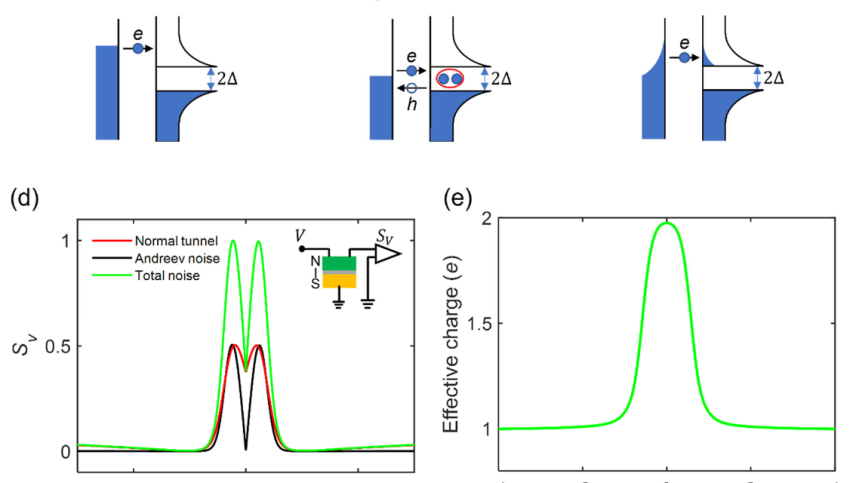Why Shot Noise Does Not Generally Detect Pairing in Mesoscopic Superconducting Tunnel Junctions
The shot noise in tunneling experiments reflects the Poissonian nature of the tunneling process. The shot-noise power is proportional to both the magnitude of the current and the effective charge of the carrier. Shot-noise spectroscopy thus enables us, in principle, to determine the effective charge q of the charge carriers of that tunnel. This can be used to detect electron pairing in superconductors: In the normal state, the noise corresponds to single electron tunneling (q=1e), while in the paired state, the noise corresponds to q=2e. Here, we use a newly developed amplifier to reveal that in typical mesoscopic superconducting junctions, the shot noise does not reflect the signatures of pairing and instead stays at a level corresponding to q=1e. We show that transparency can control the shot noise, and this q=1e is due to the large number of tunneling channels with each having very low transparency. Our results indicate that in typical mesoscopic superconducting junctions, one should expect q=1e noise and lead to design guidelines for junctions that allow the detection of electron pairing
Read the article in Physical Review Letters.
